MotoGP | GP Austria, the commitment of the Brembo braking system in Spielberg
Of the seven braking sections at the Red Bull Ring, four are classified as demanding on the brakes
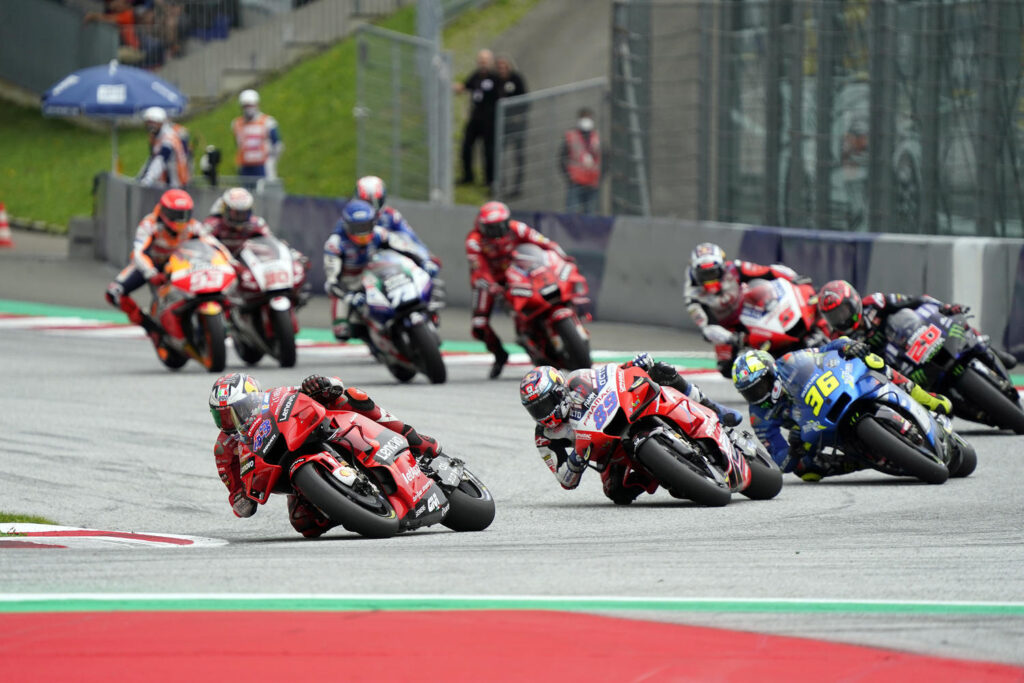

As in 2020, this year too the MotoGP will contest two consecutive GPs at the Red Bull Ring. In the spring the Losail International Circuit did an encore with the races held at similar temperatures. In Austria, however, the weather can change a lot, with the asphalt varying by up to 20°C from one week to the next.
According to the Brembo technicians who work closely with all the MotoGP World Championship riders, the Austrian track falls into the category of circuits that are highly demanding on the brakes. On a scale of one to five it earned a difficulty index of five, a value recorded in 2021 only by the Circuit de Barcelona-Catalunya.
A trio from less than 200 km/h
From the start to the fourth turn of the Red Bull Ring the braking system is subject to great effort: the exception is turn 2, a change of direction that does not require the use of the brakes. Being sharp bends, all these three braking areas cause a speed reduction of more than 200 km/h while the drivers are subject to a deceleration of 1,5 g.
Three of the seven braking applications instead lead to a drop in speed of less than 105 km/h and decelerations of 1,1 g. On each lap of the Red Bull Ring the drivers exert a total load on the brake lever of 31,8 kg. On average, adding all the forces exerted by each driver on the brake lever from the start to the checkered flag, the value is close to nine quintals.
Skyrocketing values at the first corner
Of the seven braking sections at the Red Bull Ring, four are classified as demanding on the brakes and the other three are of medium difficulty. The braking section where the MotoGP bikes present the greatest speed gap is at the third corner: the bikes go from 305 km/h to 61 km/h thanks to braking that lasts for 5,4 seconds with a load on the lever of 4,6 kg and a braking system pressure of up to 9,8 bar.
if you want to always be updated on our news
Follow us here
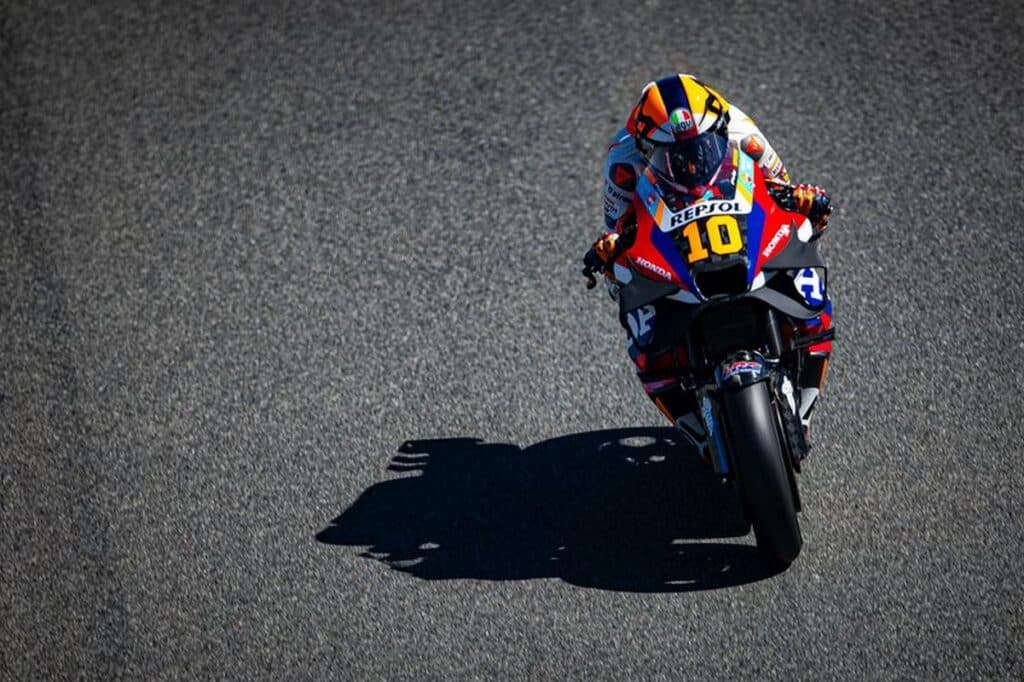
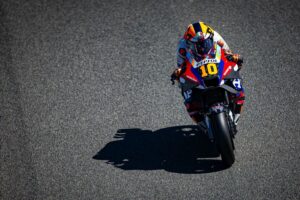
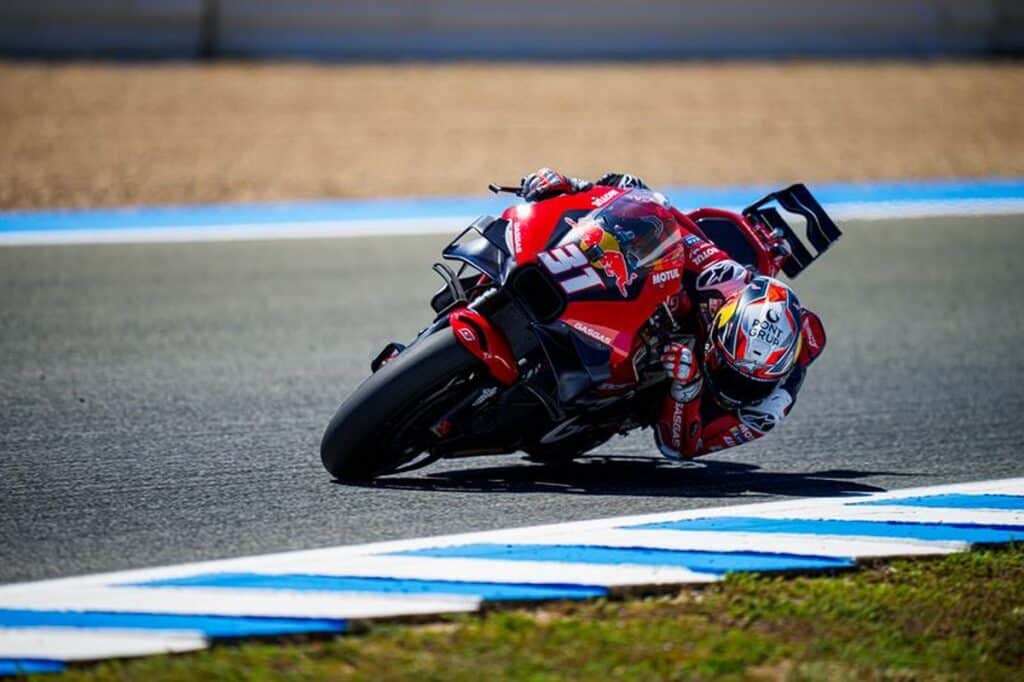
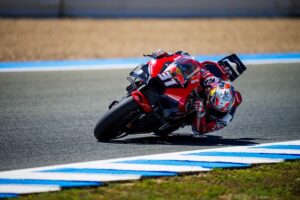
![MotoGP | 2027 regulations, 850cc displacement official, here are all the changes [VIDEO]](https://motograndprix.motorionline.com/wp-content/uploads/2024/05/nuovo-regolamento-motogp-850cc-dal-2027-1024x576.jpg)
![MotoGP | 2027 regulations, 850cc displacement official, here are all the changes [VIDEO]](https://motograndprix.motorionline.com/wp-content/uploads/2024/05/nuovo-regolamento-motogp-850cc-dal-2027-300x169.jpg)
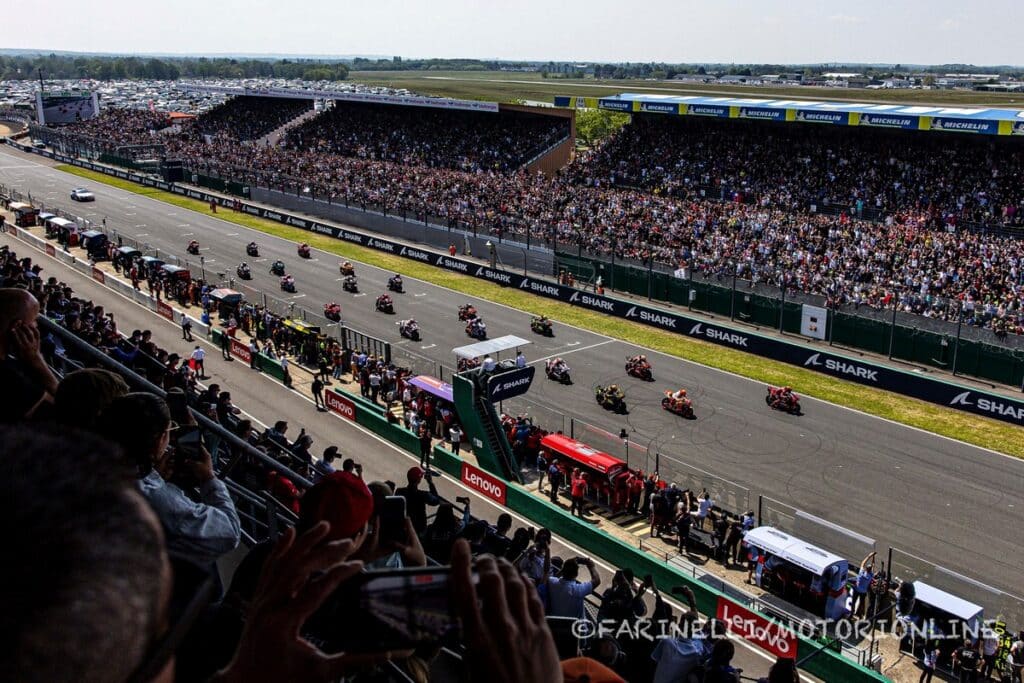
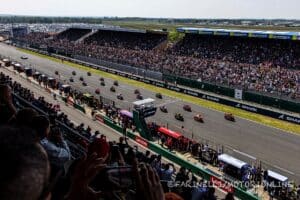
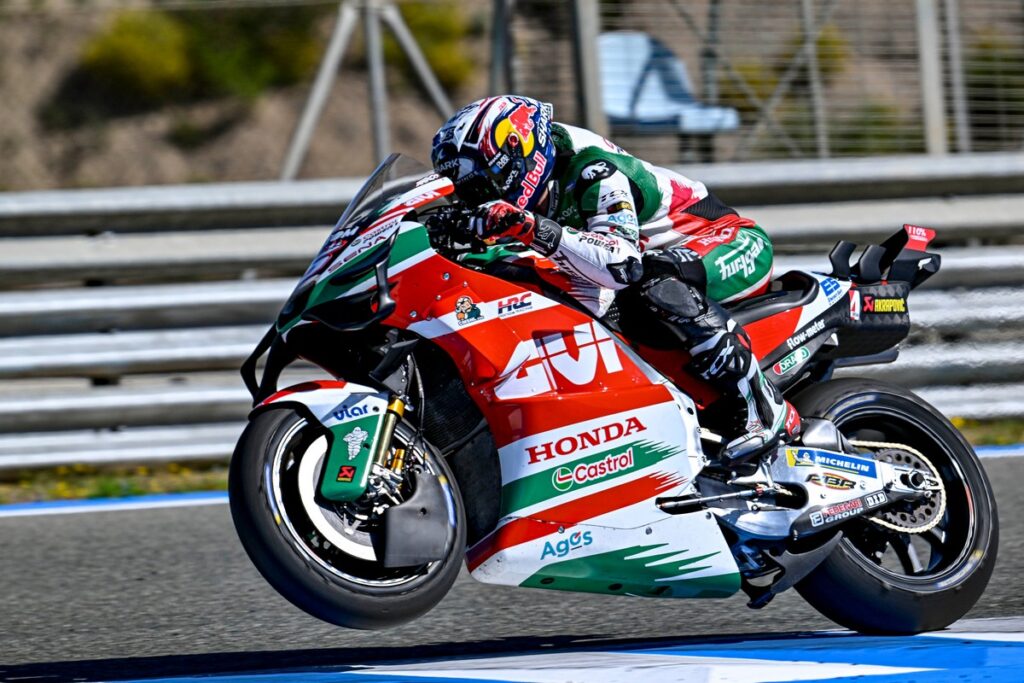
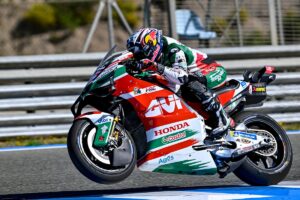
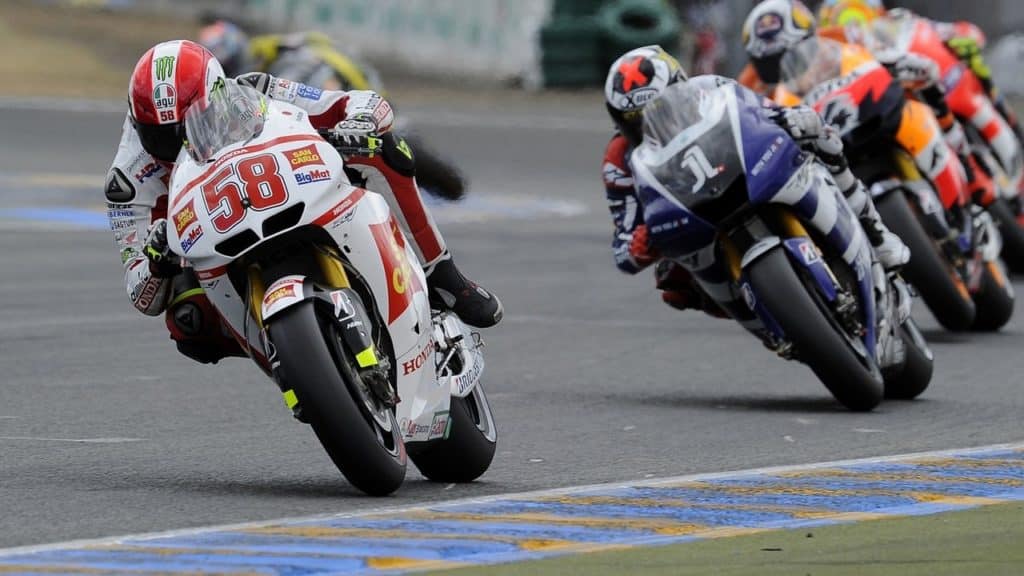
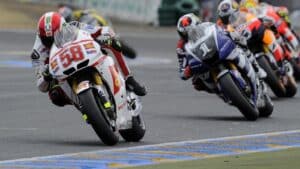
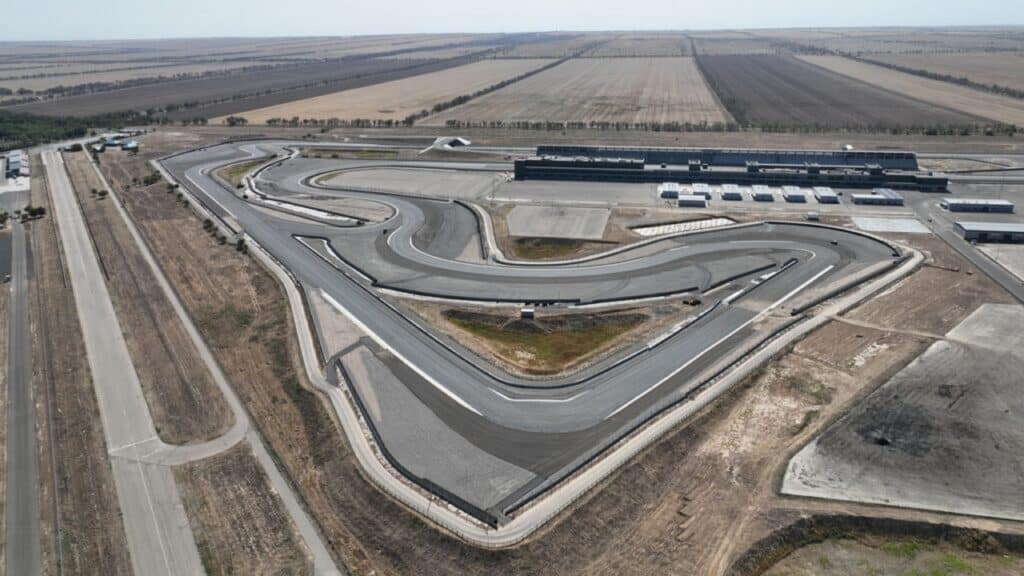
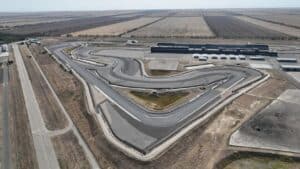
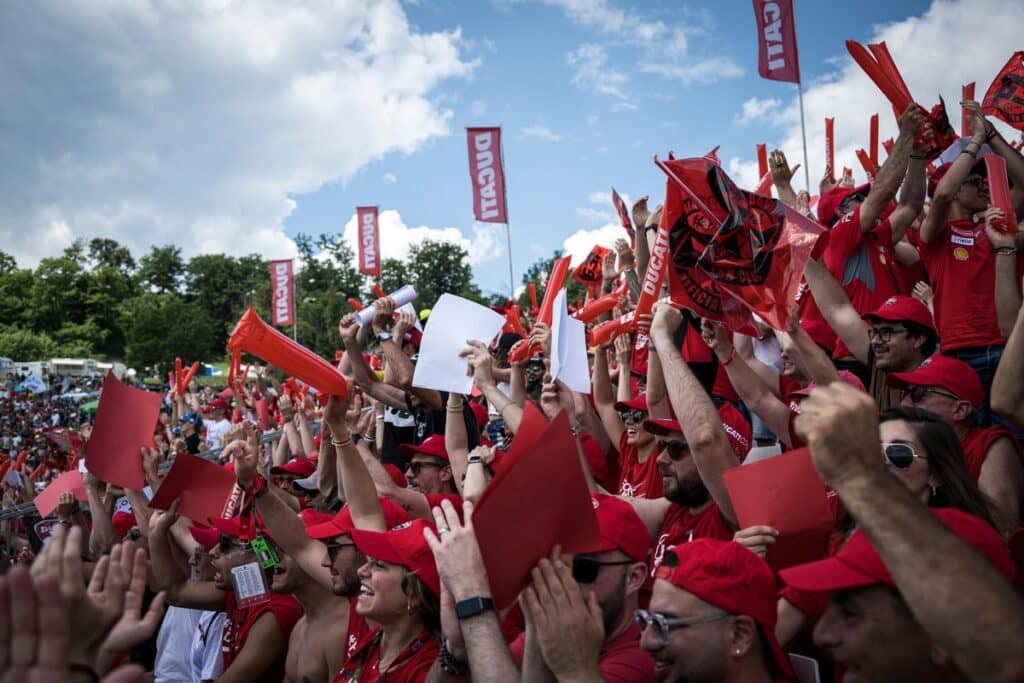














You must be logged in to post a comment Login